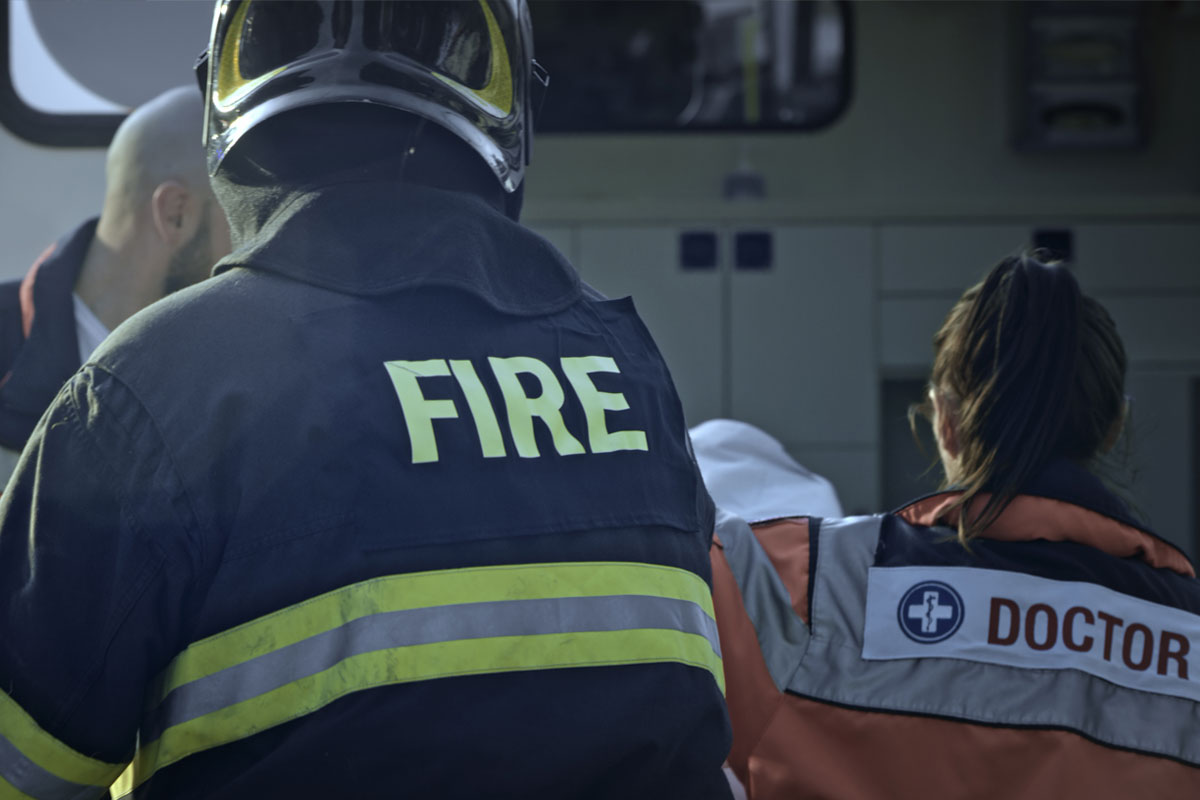Emergency management, like many public service disciplines, has gone through significant changes in recent years. Industry professionals have been forced to weather a global pandemic, shifting political priorities, and inconsistent funding.
However, these difficulties underline the critical role that emergency management plays in our society being able to bounce back from disasters large and small. The constant planning, analysis and practice conducted by emergency managers is something that we all rely on, whether we’re aware of it or not.
If you’re an emergency management professional or interested in the career field, you’re likely interested to know whether trends from previous years will return or if new issues will emerge. Emergency managers prepare for as many contingencies as possible, so researching emerging issues is a worthwhile undertaking.
In this article, we explore three of the future challenges for emergency management in 2024 and beyond.
1. Public-private partnerships in disaster management
A common narrative is that innovation happens more naturally in the private sector than the public sector. The reality may be more nuanced, but there are tangible benefits when government agencies align with businesses to form public-private partnerships, especially in disaster management.
Modern technology offers indispensable advantages, allowing experts to rapidly comb through massive amounts of data and potentially even develop predictive models to determine the location and severity of natural disasters well in advance. In some cases, these efforts are for proprietary business purposes, but they can also be utilized to assist government agencies in disaster response.
The Federal Emergency Management Agency provides guidance for sharing information within public-private partnerships and the foundations for building them. In one case study, FEMA detailed a supply chain group in Houston that included representatives from power, water, building supplies, telecommunications, transportation, and most recently grocery stores. That group was relied on heavily during the city’s response to the most disruptive emergency in recent years, the COVID-19 pandemic.
2. Climate change’s impact on natural disaster frequency and intensity
Although it’s more of an existential threat compared to the rest of what emergency managers face on a regular basis, climate change should also be top of mind in the profession. Climate change continues to have a measurable impact on natural disasters. As the U.S. Geological Survey outlines:
- Increasing global surface temperatures can lead to increased chances for droughts.
- More water vapor evaporating into the atmosphere becomes more fuel for powerful storms to develop.
- Warmer ocean surfaces can lead to increased wind speeds during storms.
- Rising sea levels expose locations with higher elevations to erosive waves and currents.
What can emergency managers do about climate change? The Federal Emergency Management Agency is one source for ideas; for example, a 2021 resource published by FEMA outlines five ways they work to support climate resilience:
- Providing information about climate-related risks.
- Supporting the use of climate forecasting information for planning and project design.
- Supporting risk reduction actions and nature-based or green infrastructure solutions.
- Providing access to and encouraging the use of disaster insurance.
- Supporting coordinated partner approaches to building community adoption strategies.
Additionally, emergency managers can research – and promote – adaptation strategies like those presented by the Environmental Protection Agency covering categories such as air, water, waste and public health.
3. Social media’s growing role in emergency response
More than half of the world population uses social media actively, making it an undeniably valuable tool for disseminating critical information about local, national and global emergencies. The ubiquity of smart devices and constant internet access is continuing to change emergency response in multiple ways.
Some of those changes are for the better. Emergency managers can communicate their messages in real time on a much larger scale than previously possible, and social listening tools can allow agencies to identify crises and direct first responders to those locations quickly.
Alternatively, the growth of social networks has also led to misinterpretations, misrepresentations and imitations by malicious actors. Although this has been an issue on the internet for some time, the recent growth of generative artificial intelligence tools has created new risks for fact checkers and other stakeholders. Anyone can use a generator to create a fake image and spread it online, so emergency managers must understand this and be prepared to spot it.
Emergency Management Education at CSU
Preparing for the future of emergency management means immersing yourself in the latest developments, technology and theories in the field. Here at Columbia Southern University, our online degree programs in emergency management are designed to help you dive deep into these topics and show you the way to becoming an emergency management expert.
To learn more about our online degrees at the bachelor’s and master’s degree level – plus our recently-launched Doctor of Emergency Management – visit our website.
Multiple factors, including prior experience, geography and degree field, affect career outcomes. CSU does not guarantee a job, promotion, salary increase, eligibility for a position, or other career growth.






